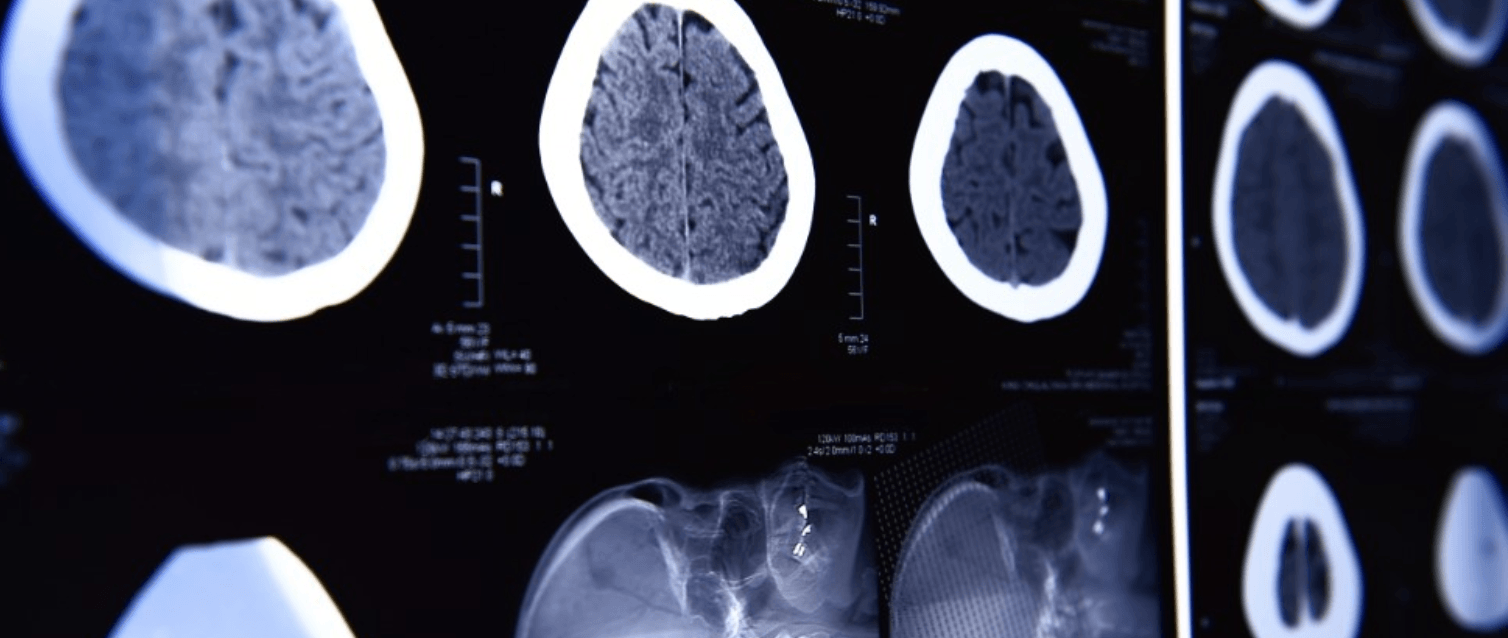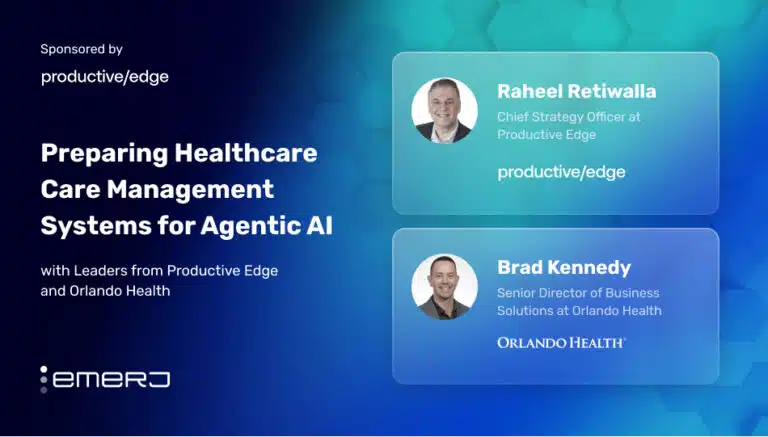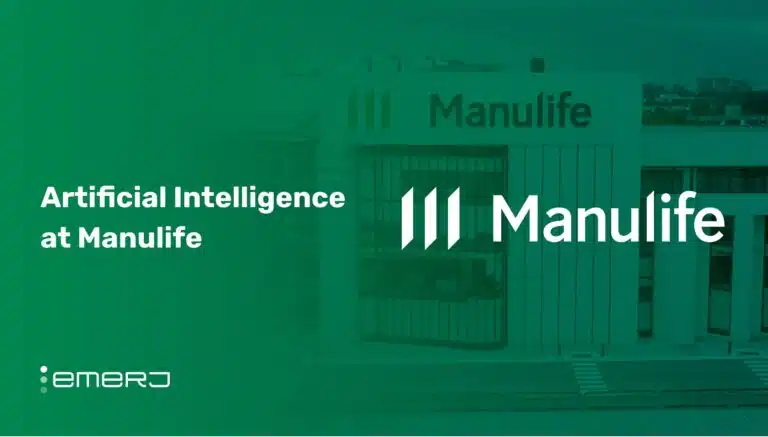Dementia (a severe decline in mental ability) is ranked as the sixth leading cause of death in the United States and impacts an estimated 5 million Americans. According to the Alzheimer’s Association, health care costs associated with dementia totaled $259 billion in 2017 and are projected to reach $1.1 trillion by 2050.
In an effort to improve quality of life for individuals living with dementia and in turn reduce the economic impact of this medical condition, researchers are testing the possibilities of AI applications.
Some of the questions that need answering to better understand the role of artificial intelligence in efforts to diagnose and treat dementia:
- What types of AI applications are currently in use to diagnose dementia?
- How has the healthcare market responded to these AI applications?
- Are there any common trends?
Dementia AI Applications Overview
The majority of AI use-cases for predicting dementia appear to fall into four major categories:
- Speech Monitoring: Companies are using machine learning to analyze speech patterns to detect and monitor dementia progression.
- Medical Image Analysis: Companies are developing software using machine learning to analyze brain deterioration from scans to help predict the onset of dementia.
- Visual Indicators: Companies are training algorithms to assess eye movement patterns to track and correlate cognitive function and brain activity.
- Genetic Analysis: Companies are using machine learning to analyze genetic data to predict the onset of dementia.
(Readers with a broader interest in healthcare applications may be interested in our complete article titled “Machine Learning in Healthcare Applications“.)
In the article below, we present representative examples from each each category, as well as the current progress (funds raised, pilot applications, etc) of each example.
Speech Monitoring
Winterlight
Founded in 2015, Canada-based startup Winterlight claims it uses speech patterns to identify possible indicators of dementia, specifically for Alzheimer’s disease. Designed primarily for use in clinical trials and primary care practices the company claims a record of accuracy ranging from 82 to 100 percent in detection.
Winterlight Lab’s Speech and Language Analysis model is a software platform that utilizes audio recordings which are sent to a cloud for analysis and subsequently transcribed. The audio recording, which is typically a description of a familiar photograph is then assessed for 400 variables of speech (as shown below).
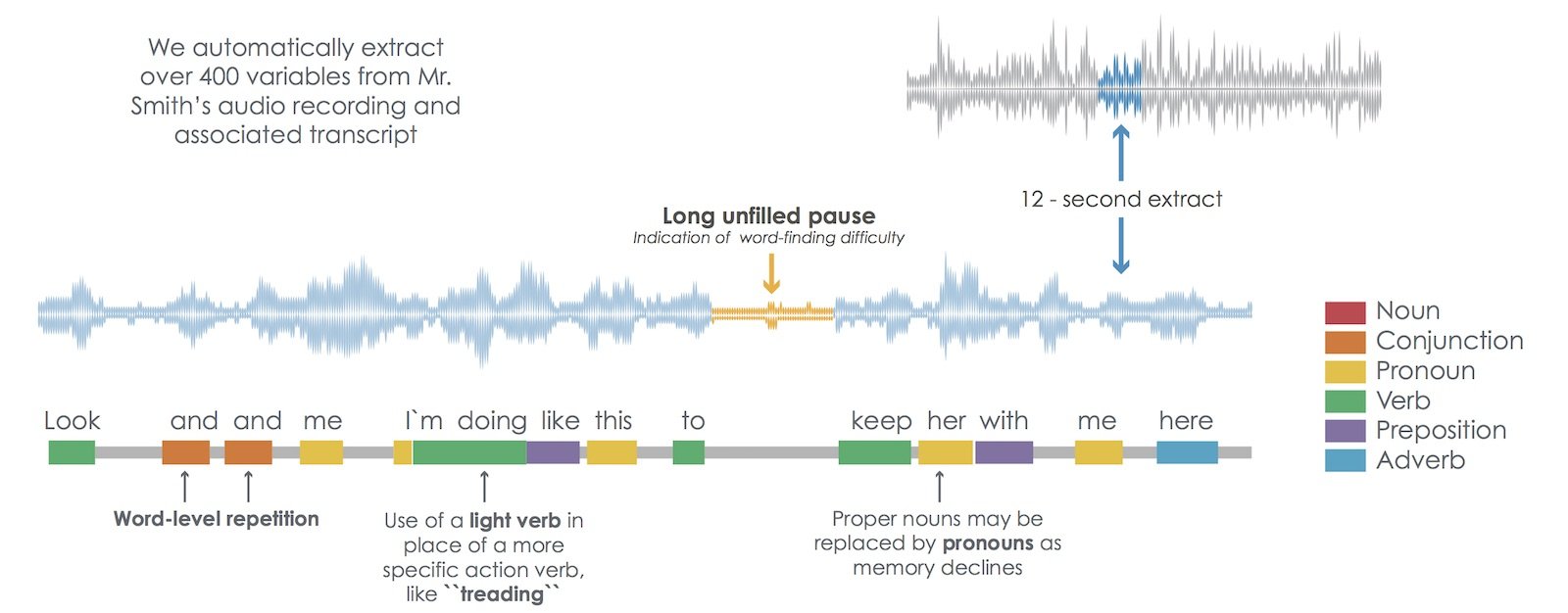
Variables include word-level repetition, a preference for the use of pronouns rather than proper names and frequent and lengthy pauses, all of which are associated with dementia and other cognitive challenges. A patient will then receive a MMSE (Mini-Mental State Exam) score, which, if even a certain range will facilitate a diagnosis.
The quote below from the company’s website helps to explain how Winterlight Lab’s platform may also help distinguish between different neurological conditions:
“People with Alzheimer’s have word finding difficulties which results in longer pauses between words, more hesitation, using more pronouns and fewer nouns (e.g. “her” instead of “Rita”) and using less complex words (e.g. “car” instead of “sedan”). In contrast, a person with Parkinson’s disease or Multiple Sclerosis sounds different but might use the same language as a neurologically healthy senior.”
Canary Speech
Founded in 2016, Utah-based startup Canary Speech says it uses AI to help analyzing neurological disease through speech analysis. The company has initially been focused on diagnosing concussions experienced by football players.
Algorithms are trained on voice files and learn to recognize small changes in patterns of speech which may indicate a concussion. The company’s mobile assessment tool analyzes voice files and provides a score to quantify the level of risk (see schematic below).
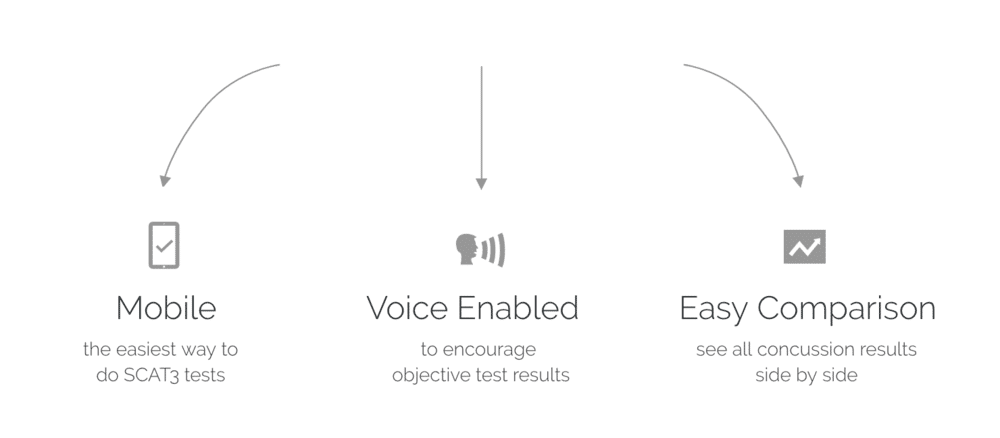
The company is in the process of producing a similar platform for detecting signs of dementia using speech patterns. Canary Speech appears to be in the R&D phase with limited details published on its website. According to its website, the company is actively seeking research partners to help support their efforts.
(Readers interested in medical diagnostics may be interested in our full article “Machine Learning for Medical Diagnostics“.)
Image Analysis
Avalon AI
Founded in 2015, London-based Avalon AI claims that it uses machine learning to identify potential signs of brain degeneration from brain (MRI) scans.
Specifically, algorithms were trained on 70,000 brain scan images, accessed through partnerships with the University of Cambridge and the Donders Institute and Imperial College. The algorithms are then able to recognize very small differences between images, such as abnormal changes in anatomy, helping clinicians potentially diagnose dementia earlier.
The cloud-based platform allows users to upload scans to the company’s secure server, and receive an analysis in 30 minutes. It is unclear from the company’s website if there is a limit to how many scans can be uploaded at a time.
The presentation below by Alejandro Vicente Grabovetsky, Chief Scientific Officer & Co-Founder is just under 4 minutes long and provides additional context on the company’s platform and vision:
According to the company’s website, clinical trials are currently underway in select clinics in India, Pakistan and Ukraine however timelines on when initial findings are expected is not currently specified.
Visual Indicators
Neurotrack
Founded in 2012, California-based Neurotrack says it uses computer vision to measure eye movement as an indicator of memory health. The company basis its work on research which suggests that tracking the speed, direction and patterns of eye movements may provide valuable insights into how well the brain is functioning.
The following quote from the company’s website provides additional context on the research used to develop the Neurotrack assessment:
“The FINGER study (The Finnish Geriatric Intervention Study to Prevent Cognitive Impairment and Disability) is a multi-year study that found that among 1,200 adults at risk for cognitive decline, those who engaged in lifestyle changes such as diet, exercise and cognitive training significantly improved or maintained their cognition. This lifestyle program provides the foundation for our Memory Health Program.”
Neurotrack’s Imprint™ Memory Assessment is a 5 minute test that uses a proprietary computer vision algorithm trained on data from tracking eye movement patterns and correlated with cognitive functioning. Using a client’s computer webcam and a series of eye movement exercises, the system can recognize patterns and generate a baseline score to measure memory strength.
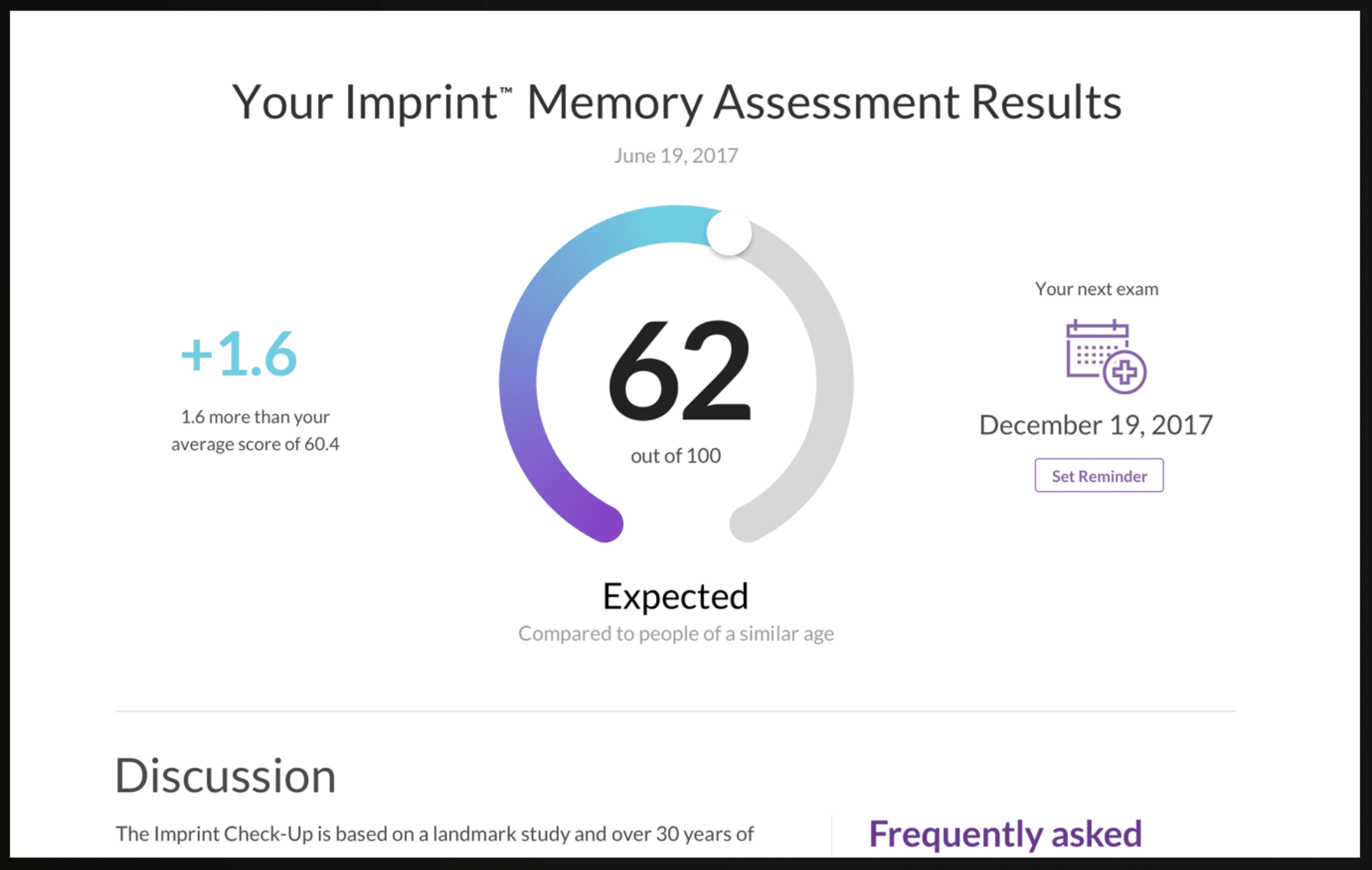
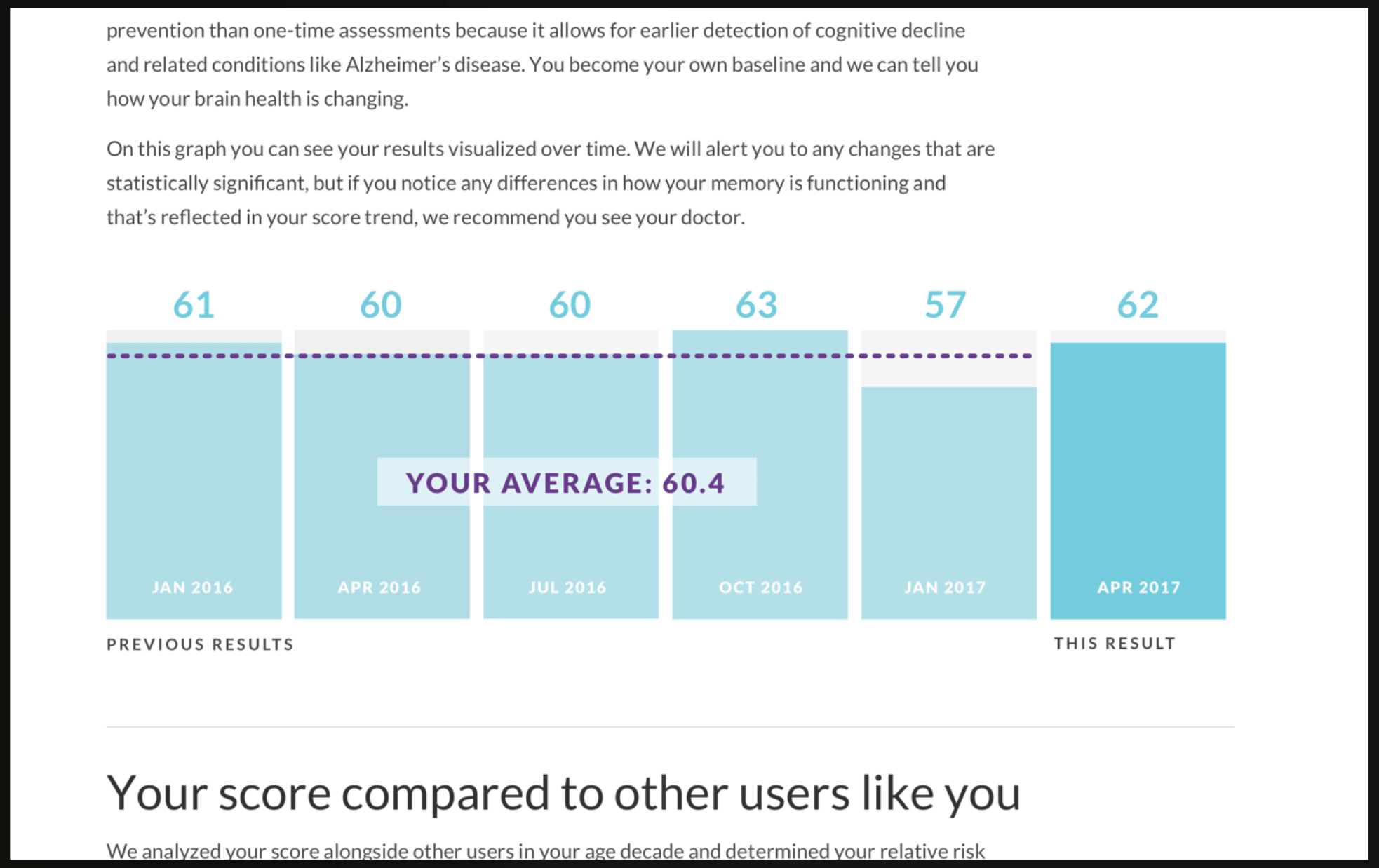
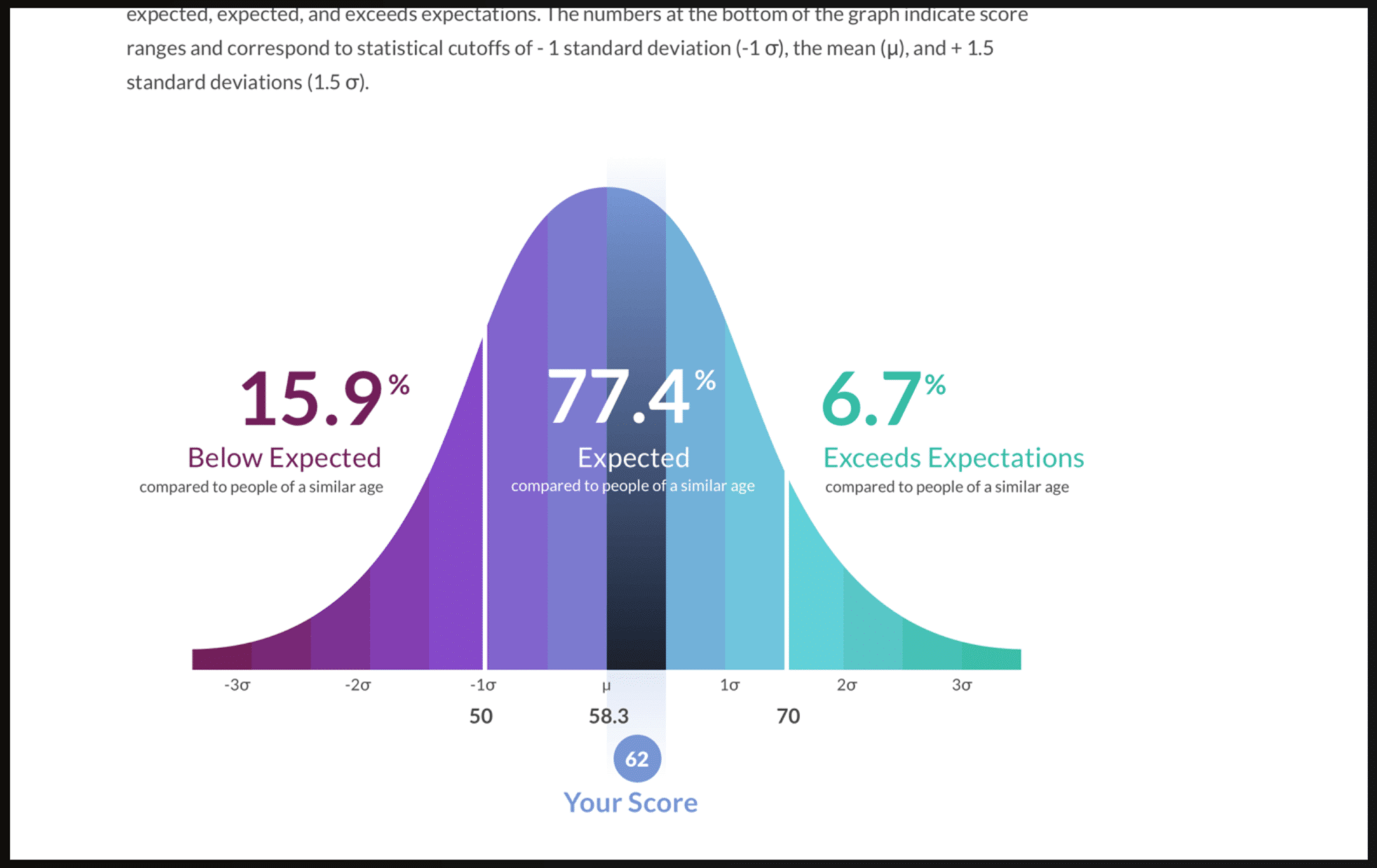
A single assessment is currently priced at $99. Results on the impact of Neurotrack’s system are not currently available on the company’s website. Khosla Ventures is a lead backer in the company that has reportedly raised roughly $12.4 million.
Genetic Analysis
Aequa Sciences
Similar to Avalon AI, London-based Aequa Sciences is also part of the University Cambridge network. The company claims that is uses machine learning and neural networks to analyze genetic data to predict the onset of Alzheimer’s disease (the most common form of dementia).
Machine learning algorithms are trained on genetic data from both healthy patients and those affected by Alzheimer’s disease to recognize potential indicators of the condition. Neural networks are developed to organize these groups into distinct categories to help evaluate and quantify the risk of developing Alzheimer’s disease.
In the 5:19 minute video below, members of the Aequa Sciences team discuss the motivation behind developing the company and the vision for its potential impact:
According to the company’s website, Aequa Sciences is actively seeking partners and collaborators. The company’s lab division is based in the Czech Republic, however quantitative results have yet to be shared on the company’s website.
Concluding Thoughts
Emerging AI efforts in the fight against dementia demonstrate a diverse range of efforts, from analysis of speech to eye movement patterns. A common and important feature of these startups is the interest in achieving early detection and diagnosis.
While some assessments on the market may be somewhat cost prohibitive for repeated monitoring by individuals. However, speech monitoring and image analysis tools hold promise for increased market share due to ease-of-use and greater affordability in comparison to the assessments.
The Alzheimer’s Association estimates that up to half of all individuals living with dementia may not have received a diagnosis. Therefore, automated tools that can help clinicians and individuals monitor cognitive health should prove valuable going forward.
Another important consideration of early detection is cost savings. The Alzheimer’s Association has estimated that assisted living care can total $43,539 per year for basic services. Healthcare expenditures may be reduced when individuals and affected families are able to plan for the future and are not bombarded with unexpected long term care costs.
For all companies, partnerships with healthcare organizations play a critical role in companies accessing the data sources needed for their research efforts and product development. The strongest traction seems to have been gained in the speech and image analysis sectors, followed by visual indicators. Genetic analysis appears to be still in the early stages. The current lack of data on outcomes makes it challenging to predict market reception in the coming the years.
Header image credit: CNN.com


